Which is hotter, Thai red curry or Thai green curry?
June 19, 2023
10 Comments
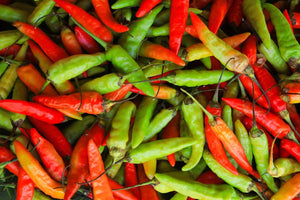
Update. October 2018. As a Thai and the owner of My Thai Curry, a curry paste company that ships its products all over the world I feel I am pretty well placed to answer this question. Until fairly recently I had no difficulty in giving an unequivocal answer to the question. However, times change and trends come and go and what was once true is not now always the case. In traditional Thai cuisine we tend to think of curries being served at an appropriate heat level for that particular curry. Certainly in Thailand that would be the case. However in many Thai restaurants overseas this no longer holds true, increasingly diners are being asked “How spicy would you like your curry?” and back in the kitchen the chef will be chopping green chilies or adding chilli powder to the dish you have ordered. I must admit that to me such a practice is almost sacrilege and certainly detrimental to the preparation of the curry and how it should taste. (Note, there is a difference between tweaking the spice levels of a properly made curry and simply adding chilli to the mildest possible curry base.) But I can’t deny the existence of this practice and the fact that it influences people in their perception of how spicy a Thai curry should be. Hence the reason for me adding this preface to the article below which was written more than 3 years ago. The article remains true when we are talking about traditional Thai cuisine but increasingly this is no longer the case.
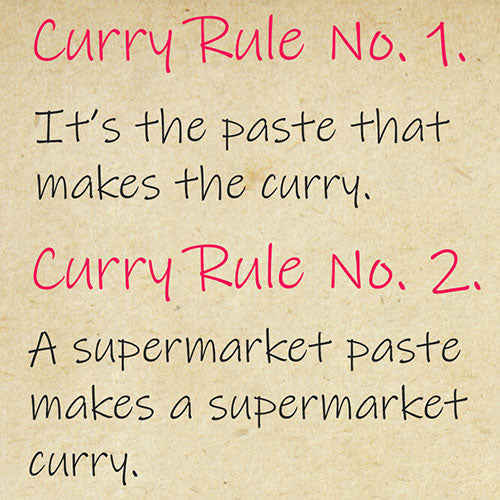
Which is hotter, Thai red curry or Thai green curry?
This question had never occurred to me until recently. As a Thai this was not even up for consideration. Green curries are hot, red curries less so.It had always been so, that is simply the way it is. Therefore, I was surprised to find out that in the West the reverse was often thought to be the case. That Thai red curry is the spiciest with the Thai green curry being much milder. I wondered how this came about since I had never encountered a single Thai who would think like this, I wondered just how this message got out there. I did what many of us do when seeking the answer to a question; I googled it. Well that shook me up a bit I can tell you. I was amazed to see how many people confidently asserted that red was the spiciest of Thai curries. Well it just ain't so. A green curry in authentic Thai cuisine will always be hotter than a red curry and the heat will also differ between the regions, green curry from the South of Thailand (excepting the tourist areas) tends to be much more fiery due to the addition of Bird's Eye chillies. Genuine bird chillies are much smaller and far spicier than the varieties that UK supermarkets often mistakenly label as bird chillies.
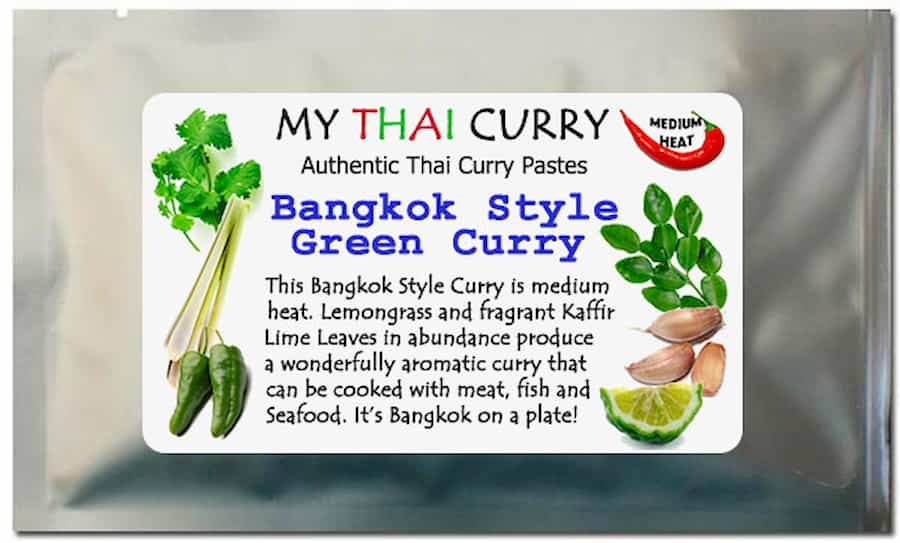
I wondered how this misconception that red was hotter than green came to be. Sure, you know that on sites like Yahoo answers you would take any information given is as likely to be wrong, as it is right. However, there are other sites out there handing out exactly the same misinformation. After I had read through a few of these I started to get a nagging feeling that I was reading the same thing over and over again, sometimes almost word for word all over again. A blogger friend demystified it for me. Apparently, some of the larger sites earn their money from the advertising that they carry and employ people to write articles about anything and everything. They don’t have to know anything about the subject they are writing about, just be good at assembling information and making it look like they know what they are writing about! So, much like a rumour, an incorrect statement is endlessly repeated. Now I was beginning to understand why people did not only know which was the spiciest Thai curry but were getting incredibly confused trying to find the right answer.
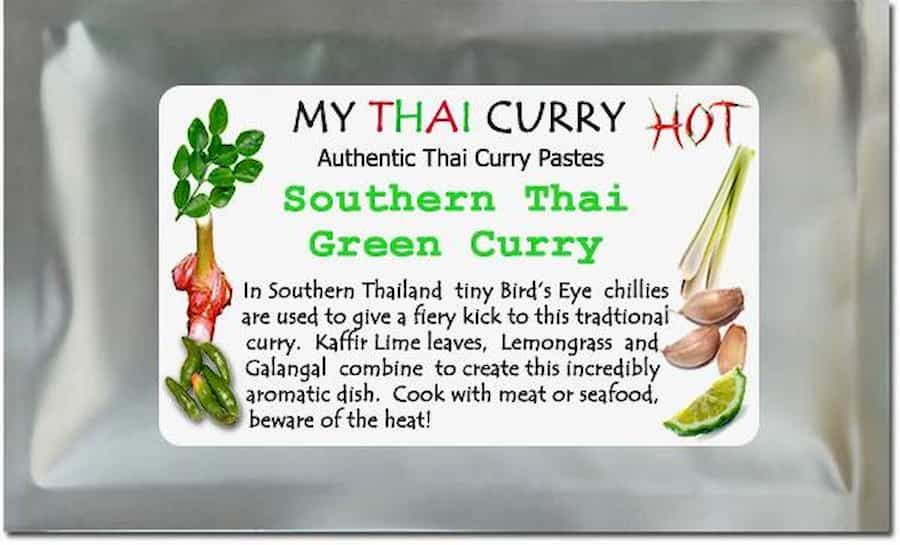
However where I truly started shaking my head was when I started reading some of the recipes for Thai red curry making the paste from scratch. The top listing on Google not only used fresh red chillies but also tomato ketchup! I don’t know what I find more surprising, the use of fresh red chillies or the use of tomato ketchup. You see we would never use fresh red chillies to make a Thai red curry paste. (No tomato ketchup either!) We use dried red chillies that we soak. We do this as it extracts some of the harshness and heat from the chilli but allows us to concentrate the flavour. (Chillies are not all about heat!) Doing it this way means we can use more chillies in the paste with more flavour, which will come out in the curry. Even if we were to take away the tomato ketchup, there were still surprising amounts of recipes using fresh red chillies. Maybe this is because people find it easier to buy fresh red chillies, I really don’t know. However, what I do know is that in Thailand a Thai red curry is never made this way. Call it what you want, just don’t call it Thai.
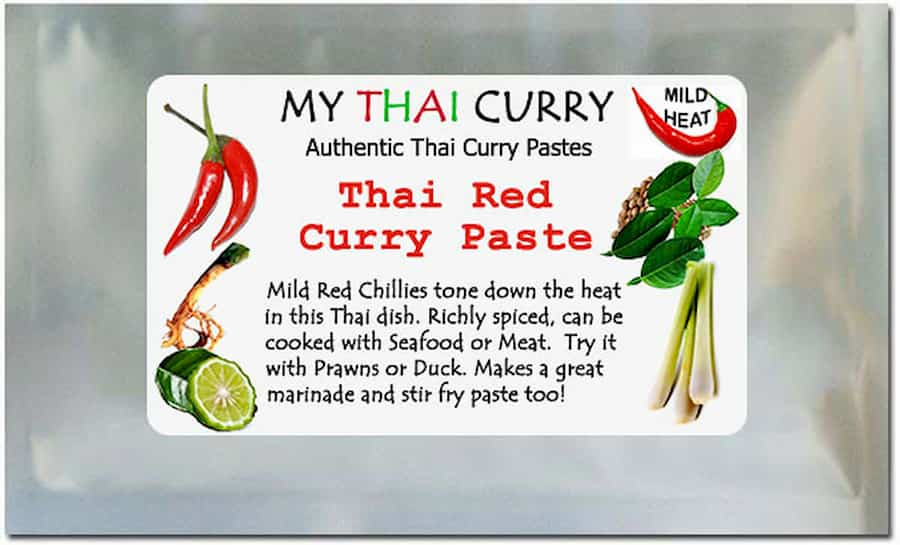
10 Responses
Leave a comment
Comments will be approved before showing up.
Also in Blog
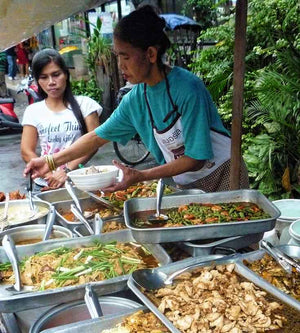
June 19, 2023
3 Comments
Like many others, I believe that Bangkok is the world’s street food capital. I know of nowhere else that can match the sheer variety of food available at almost any hour of the day and night. Despite this, many tourists choose not to sample the delights on offer, I call that sad :-( I used to think that the main reason for this was the fear of food poisoning. And I know that for some people this still seems to be a factor. Should this be the case? I really don’t believe so..
Continue Reading

June 19, 2023
One thing I have learnt from being asked this question by friends so many times is that they all mean different things by it. For some it will be the restaurant with the most spectacular views, for others, the best food. And, for those who have picked Thailand as their honeymoon destination, the most romantic. Because of this experience, I have now learned to give them all the same answer: “Google it!” It’s not that I’m being unkind or unhelpful, simply that what works for me may not work for..
Continue Reading
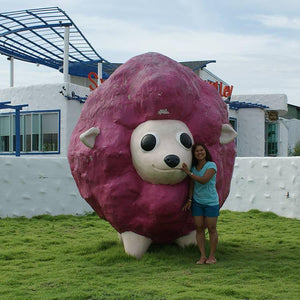
June 19, 2023
1 Comment
I love driving in Thailand. Or to be more accurate, I love being driven in Thailand provided I’m able to call out “Stop!” whenever we pass one of the many interesting food or produce stalls that abound on the highways. In fact I do this so frequently that unplanned overnight stops are a common occurrence. You see in the UK you have “Little Chefs” and the like and you could play spot the difference with those. In Thailand you’re more likely to be confronted with roadside eateries disguised as ...
Continue Reading









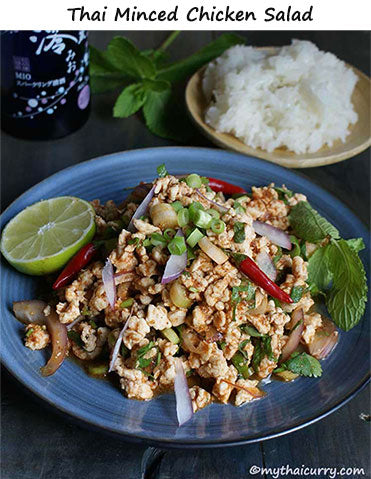




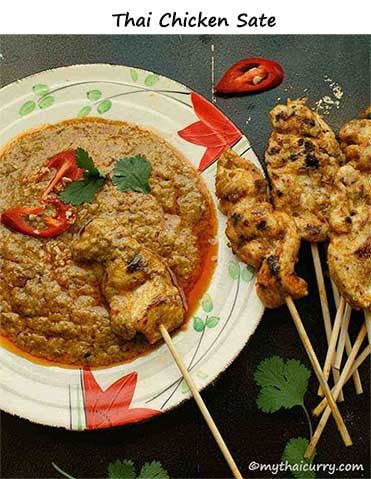
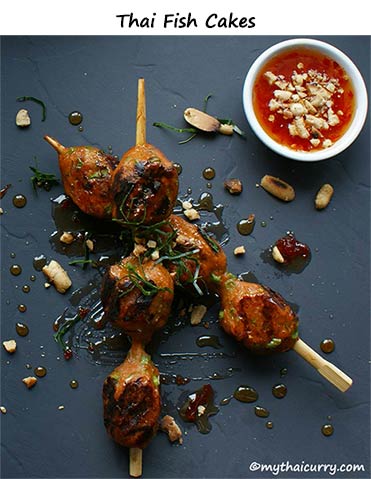
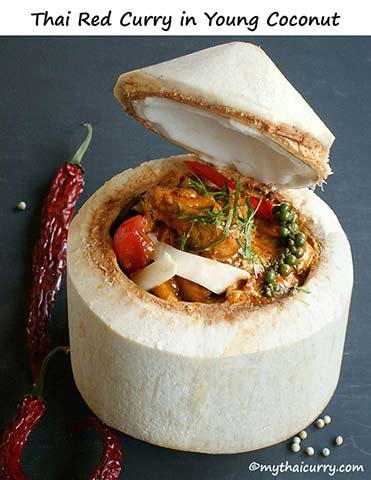




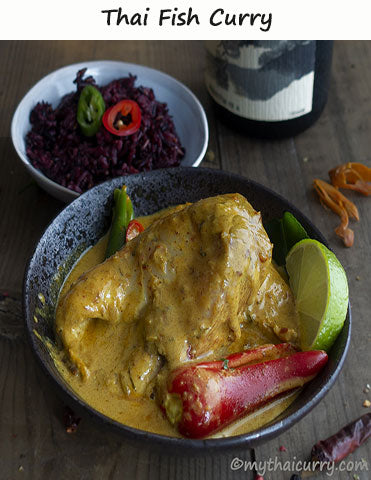
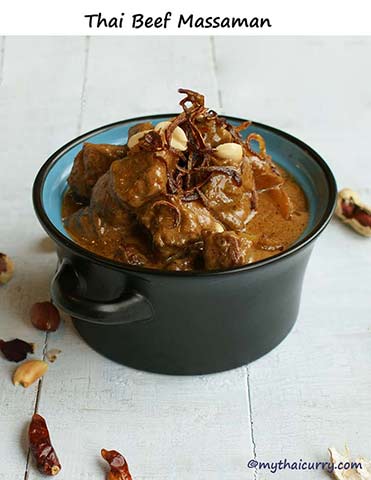


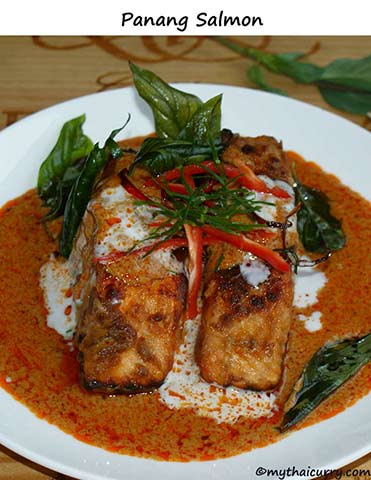

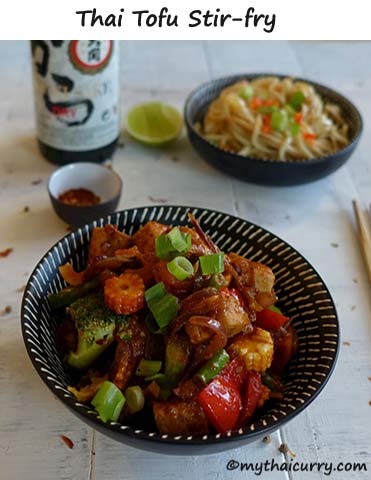
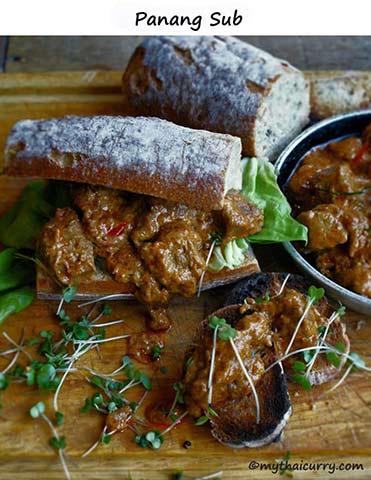



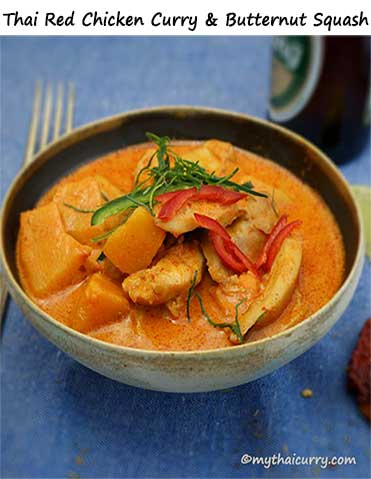




Elizabeth Slaughter
April 07, 2022
I made the classic mistake when I first ventured into Thai cuisine many years ago – Red is the colour of fire right? Green is a cool colour. I NEVER forgot my error!!